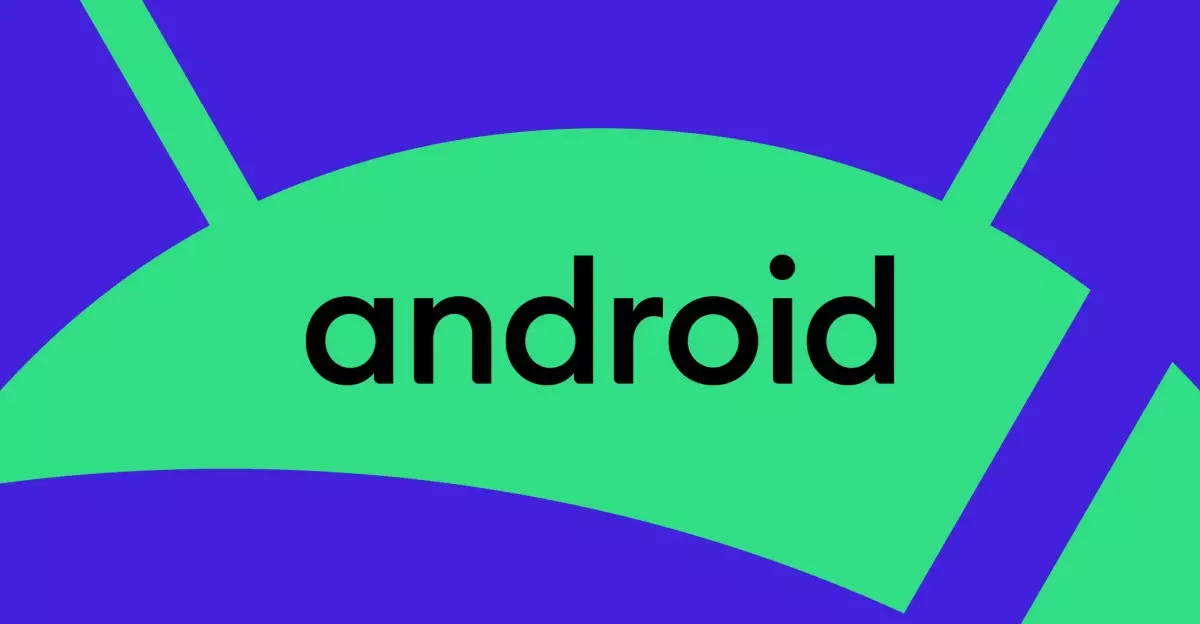Android has consistently set the standard for mobile operating systems, and with the impending release of Android 16, Google is yet again poised to enhance the user experience significantly. One of the standout features making waves in the tech community is the introduction of lock screen widgets. Already featured on the Pixel Tablet, these widgets are finally arriving on Android phones, transforming the way users interact with their devices. By allowing quick access to important app functionalities directly from the lock screen, Google is making a bold statement: convenience is king.
Empowering Developers and Users
The lock screen widget feature is not just a win for end-users; it also empowers app developers. By supporting lock screen widgets by default, Google is encouraging a new era where apps can offer instant access to critical information—think weather updates, calendar events, or even music controls—without the need to unlock the phone. However, developers are granted the autonomy to disable this feature if they believe it detracts from their app’s purpose, ensuring a balanced approach that respects both innovation and user intent.
A Balance of Security and Accessibility
Security is a paramount concern in today’s digital landscape, and Google acknowledges this by requiring user authentication for certain widget actions. This entails that users must verify their identity through a fingerprint, PIN, or facial recognition before performing sensitive tasks. While this requirement may seem like a minor inconvenience, it actually enhances trust in the system—users can feel confident that their data remains secure while simultaneously enjoying greater convenience with quick access to essential app features.
What Users Can Expect
Anticipation surrounding the release is palpable, particularly since Android 16 is already in its beta phase, slated for a full release in June. Currently, paving the way for this feature, some users have taken the initiative to engage with early access tools that have unearthed the functionality. One notable characteristic is that the implementation differs from that on the Pixel Tablet. Phones may present widgets differently, potentially offering a more constrained vertical stack that requires swiping through multiple screens. This slight deviation might initially frustrate users accustomed to the expansive grid format on the tablet, yet it promises a unique approach catering to the smartphone’s compact form factor.
Customize to Your Heart’s Content
An exciting aspect of the new lock screen widgets is that hardware manufacturers will have the flexibility to customize the widget interface. This is significant as it invites innovation from device makers who may choose to tailor the features for their specific audiences. Brands may even create unique ecosystems within the widget system, allowing users to have varying experiences based on their choice of devices. Such customization can result in a richer and more varied user experience across the Android landscape.
The introduction of lock screen widgets in Android 16 is a powerful move towards further merging functionality with convenience. This development not only caters to consumer demands but also showcases Google’s commitment to innovation in the mobile arena. With these changes, Android continues to solidify its status as a leader in user-friendly mobile technology.

